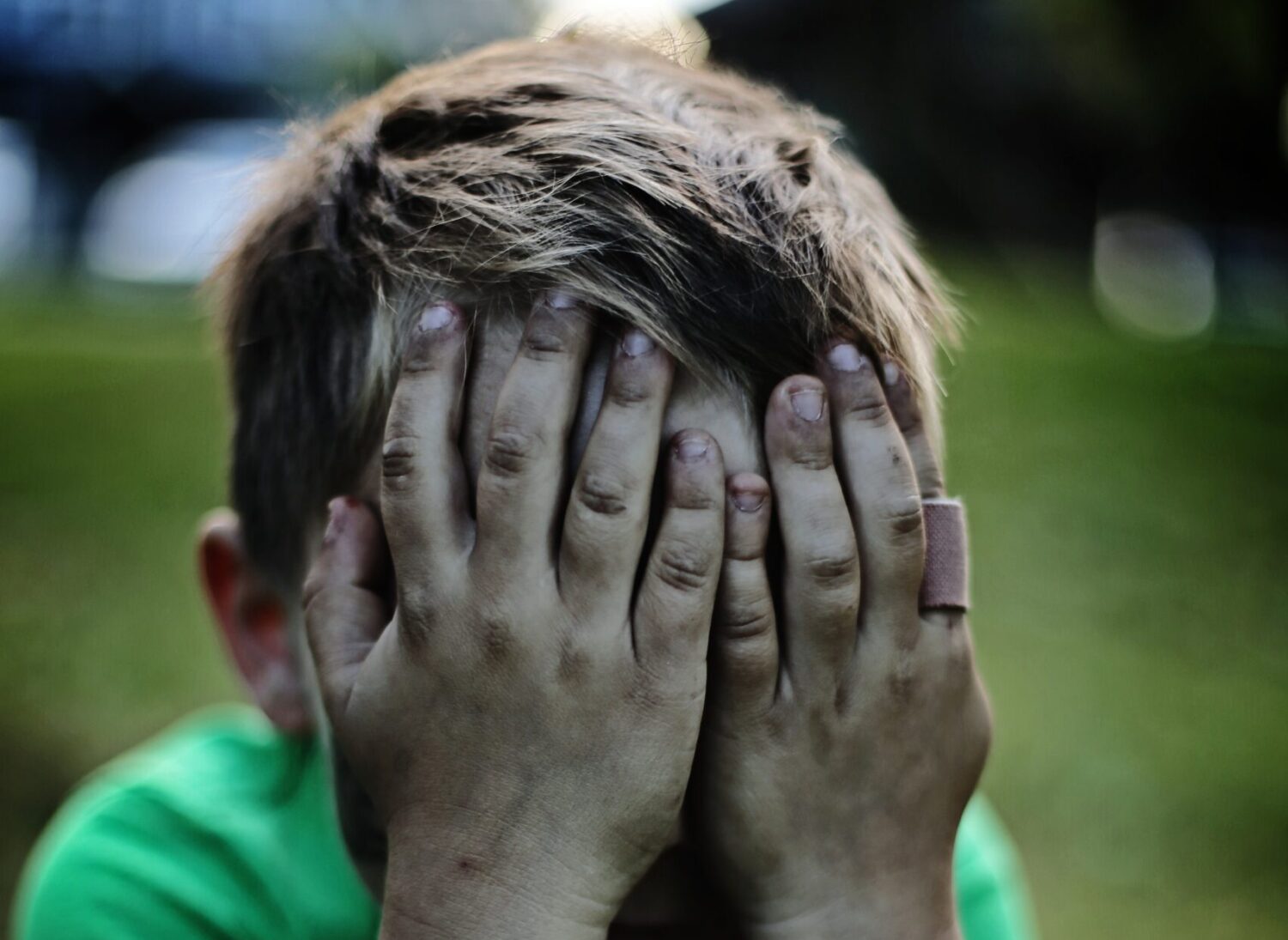Navigating Spastic Quadriplegia Cerebral Palsy: A Comprehensive Guide for Parents

If your child is diagnosed with spastic quadriplegia cerebral palsy, first, you need to have confidence in yourself and in your child to overcome the tough times. Then you require an in-depth understanding of spastic quadriplegia cerebral palsy and how it can affect your child.
To learn more and comprehend your quest for people with Quadriplegia in children, keep reading further.
What Is Spastic Quadriplegia Cerebral Palsy?
Spastic Quadriplegia is one of the various forms of cerebral palsy which affects both legs or arms and results in a torso and face if the case is severe. This disease usually causes difficulty in controlling the movements of arms and legs, resulting in sudden jerky motions. So, Spastic Quadriplegia Cerebral Palsy affects the entire body of a child and leaves behind visible effects on your child.
Visible signs of Quadriplegia:
- Your child’s facial muscles become so tight or twitchy that they can interfere with your child’s ability to eat or speak.
- And since Quadriplegia affects the muscles, your child may experience complications like malnutrition due to a lack of eating or swallowing abilities.
- In some cases, Quadriplegia can also cause your child’s limbs to go stiff.
Types Of Spastic Quadriplegia Cerebral Palsy
Usually, there are three types of Spastic Quadriplegia, one is Diplegia, the other is Hemiplegia and Quadriplegia itself is a type. For better understanding, we have mentioned a comparison table below.
Quadriplegia is amongst the most severe forms of cerebral palsy, which affects most parts of your body. A child suffering from spastic quadriplegia cerebral palsy usually faces difficulty in walking on their own and sometimes even with support. Along with that, such children are likely to have multiple conditions, like speech difficulties or seizures.
Early interventions are crucial for individuals born with the disease, yet a lifetime of support and care is compulsory for their well-being.
Other symptoms include-
- Rapid contraction and release of muscles
- The inability of joints to stretch or move
- Muscle tightness and spasticity
- Tremors in muscles
- Scissoring of limbs and difficulty walking
- Language disorders and speech impediments
- Seizures
- Cognitive disabilities
Does Medical Malpractice Cause Spastic Quadriplegic Cerebral Palsy?
It’s often difficult or impossible to find a single cause of cerebral palsy. A doctor’s negligence can cause brain damage that results in cerebral palsy:
- Failure to monitor fetal development
- Failure to diagnose or treat maternal conditions or infections
- Failure to act on fetal distress during labour and delivery
- Failure to order a c-section during a complicated delivery
- Using too much force when delivering a baby
Note: Each child is unique, and their level of severity varies. Therefore, it is crucial for you to promptly seek medical assistance to ensure early intervention to prevent severe medical conditions.
Treatment Options For Quadriplegia Cerebral Palsy
Spastic Quadriplegia is generally diagnosed during infancy when doctors detect a significant delay in the baby’s development. It’s one of the few types of cerebral palsy in which diagnosis occurs before the child completes the first year of life.
- Physical Therapy
The first-line quadriplegia treatment for children with any form of spastic cerebral palsy is almost always physical therapy. Physical therapists aim to give children the tools to be independent via flexibility exercises, stretching, and range-of-motion activities.
Therapists use age-appropriate toys and games to make physical Quadriplegia therapy enjoyable.
- Occupational Therapy
Occupational therapy is designed to help a child develop skills to perform daily activities and tasks as independently as possible, which allows them at home, school, and within their community.
Since children with spastic Quadriplegia have limited abilities to use their arms and legs, much of the occupational therapy approach may focus on ways to strengthen and coordinate the use of their hands and fingers.
- Speech Therapy
As its name suggests, speech therapy helps to improve speech and language patterns. The objective of speech therapy is to assist with oral articulation and coordination.
- Medications
Several types of medications can help treat Spastic Quadriplegia Cerebral Palsy. For the relief of spasticity, doctors may prescribe muscle relaxants. They may be given orally or sometimes by injection.
Additionally, kids with spastic Quadriplegia may be given medication to treat secondary, associated conditions of CP, such as epilepsy, gastric reflux, or constipation.
- Surgery
Surgery is the treatment of last resort for most forms of CP, but it can play a role for children with spastic Quadriplegia. Many surgeries are used to correct problems with shortened muscles, dislocated joints, spinal deformities, and other issues causing pain and impairment in children with severe spasticity.
Takeaway
Every child with CP is different; some need continuous assistance, and others may only require frequent assessments. According to us, the common goal of any parent should be towards fulfilling their child’s basic requirements of their child and providing them with the best life possible.
We hope our article was helpful enough to guide you through Spastic Quadriplegic Cerebral Palsy and what are the necessary measures you need to take as a parent or guardian.




